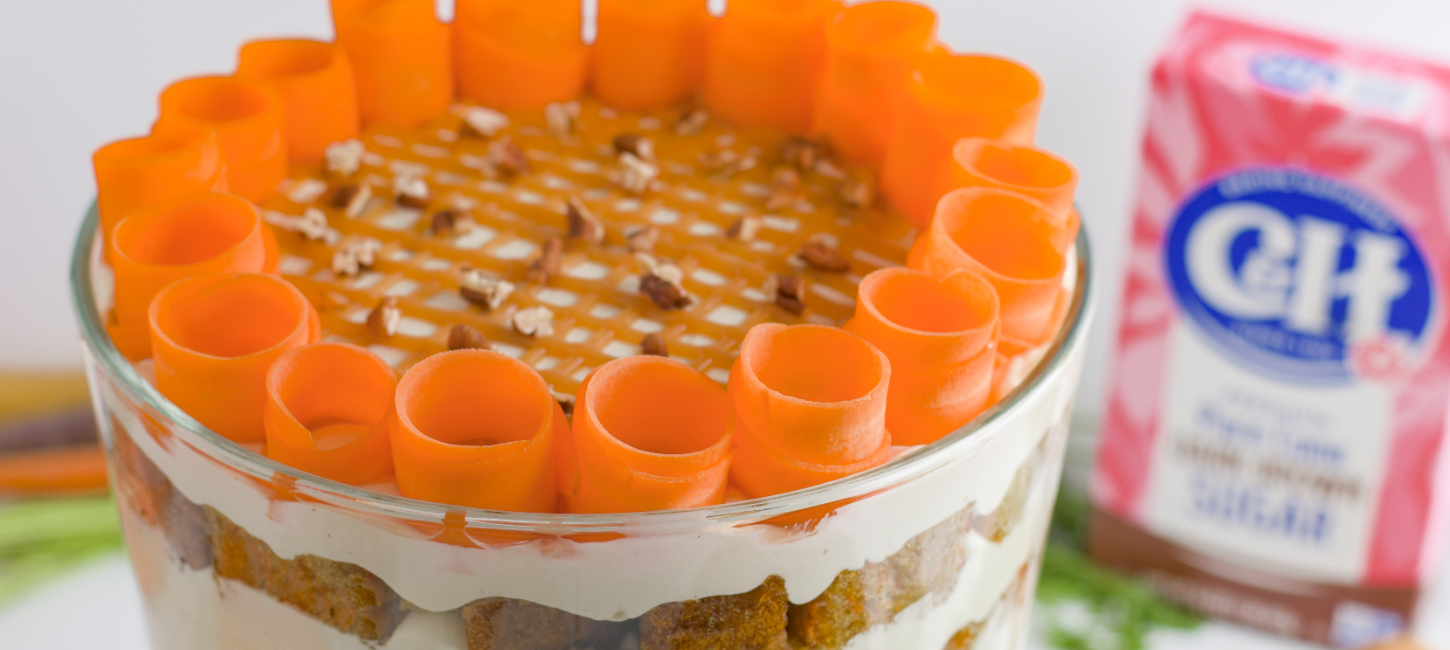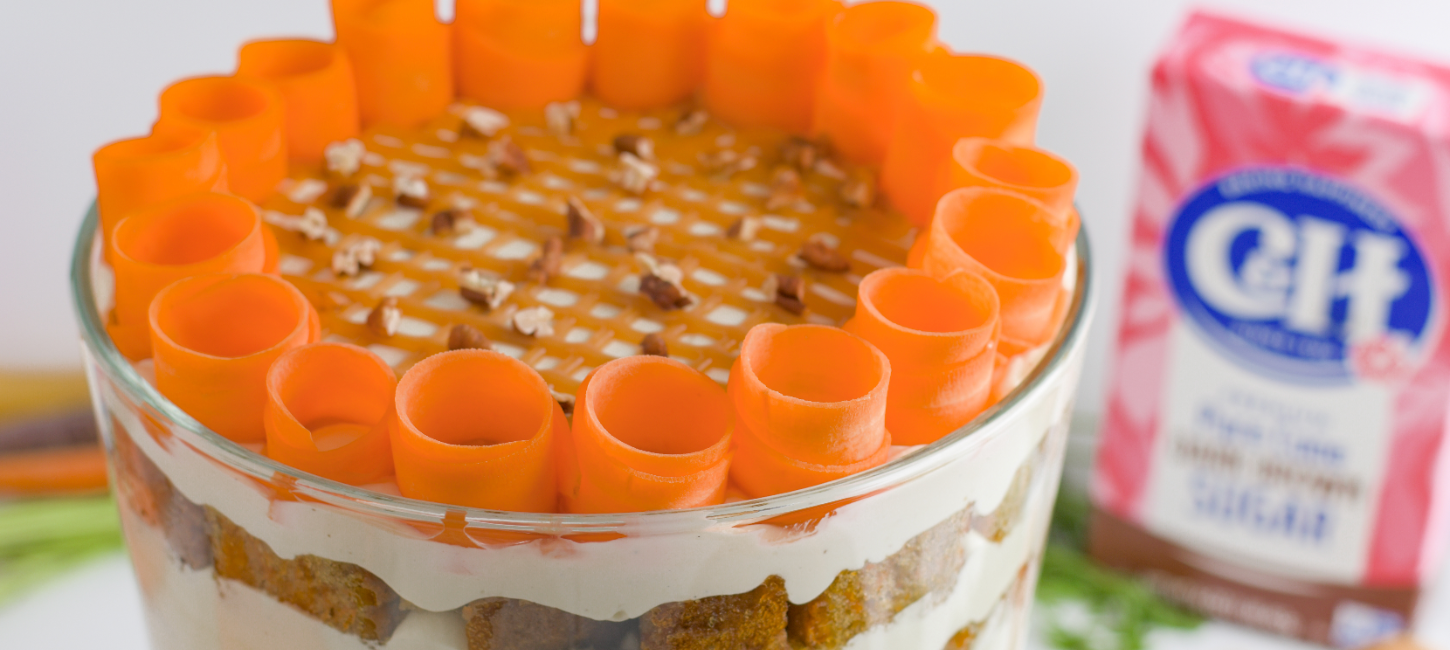
Tip 1: Oil vs. Butter
For cakes with less spices and flavor, I prefer unsalted butter. However, cakes made with unsalted butter can get drier quicker. For a carrot cake, oil is a better option as it stays moist for longer and the flavor is not affected due to the amount of spice and carrots. I recommend a neutral oil like vegetable, canola, or sunflower.
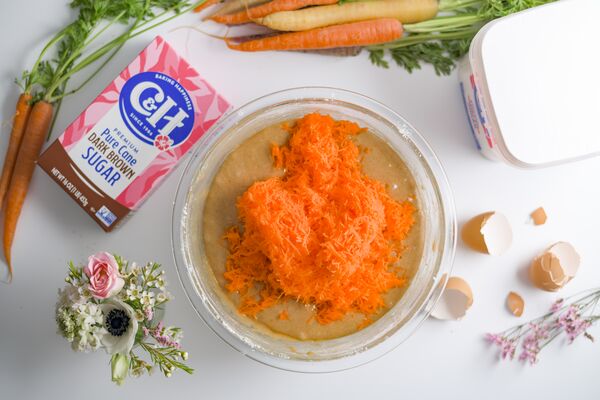
Tip 2: Finely Grated Carrots
Opt for a finer grater when grating carrots for a carrot cake. The result is more carrot flavor in each bite and less textural disruption. In lieu of large carrot chunks for texture, add texture in other ways by including mix-ins like toasted pecans, if desired.
Tip 3: The Right Spices and Mix-ins For You
Traditionally, a carrot cake contains cinnamon, ginger, nutmeg, and cloves. Other than cinnamon, any of the other spices are optional, especially for those that do not like a heavily spiced dessert. For folks on the other end of the spice spectrum, consider adding even more spices, such as cardamom, black pepper or ground star anise.
Mix-ins are also a personal preference. Popular options are nuts, such as pecans or walnuts, coconut flakes, crushed pineapple, and black or golden raisins.
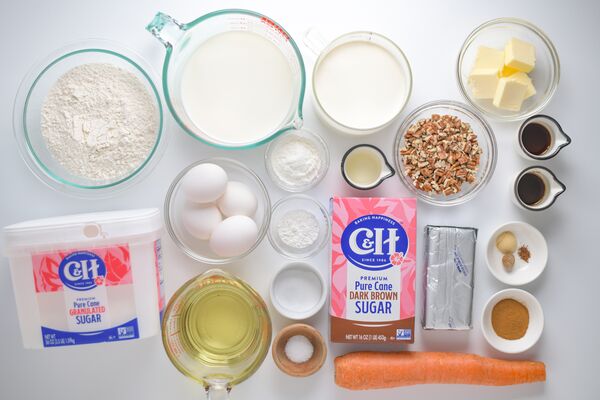
Tip 4: Room Temperature Ingredients
Ensure all ingredients for the carrot cake are at room temperature before you begin baking — including eggs and carrots. Room temperature ingredients are crucial to an evenly mixed, uniform batter in cakes, unless otherwise noted.
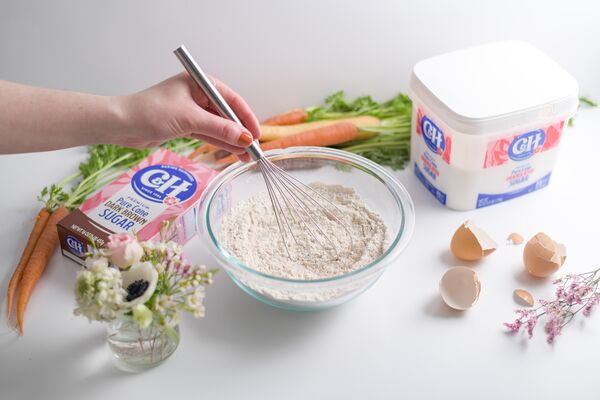
Tip 5: Thoroughly Whisk Dry Ingredients
Dry ingredients are often undermixed in baking. Whisking dry ingredients thoroughly ensures a uniform batter and rise in the oven. Luckily for carrot cake, it is easier to tell if the dry ingredients are mixed thoroughly due to the dark spices, like cinnamon. Use a clear, glass bowl and peek at the bottom if you are unsure if you whisked long enough. If you still see streaks of plain white flour, keep mixing.
Tip 6: How to Prepare Your Pan
Prepping the baking pan is essential for a clean release after baking, especially if you plan to remove the cake from the pan for decorating. Spray the pan(s) with non-stick baking spray and line with long pieces of parchment paper with overhang on the sides to pull out the cake easier after cooling. Use metal clips on the sides of the pan to keep the parchment overhang from landing in the batter during baking.
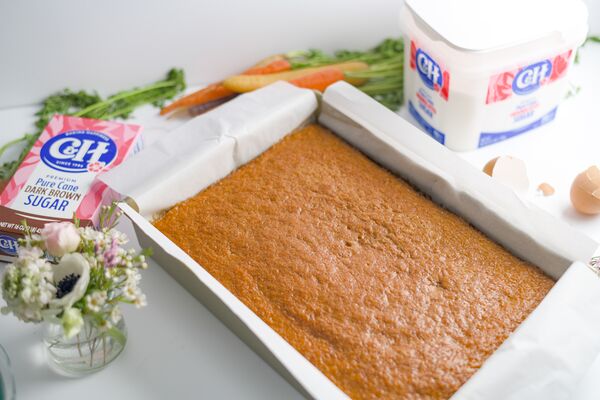
Tip 7: How to Know When the Cake is Baked
Start checking for doneness 5 minutes before the timer is up. Bake times can vary from oven to oven. What worked for the recipe developer’s oven may be too long or too short of a bake time for yours. Use a metal cake tester or toothpick inserted into the center of the cake to test for doneness. If it comes out with wet batter, it is not ready. If it comes out with just a few moist crumbs or clean, the cake is done. If you want to be absolutely certain, stick an instant-read thermometer in the center of the cake. The cake is done when it reaches an internal temperature of 200°F to 210°F. Let the cake cool almost completely in the pan before attempting to remove it from the pan.
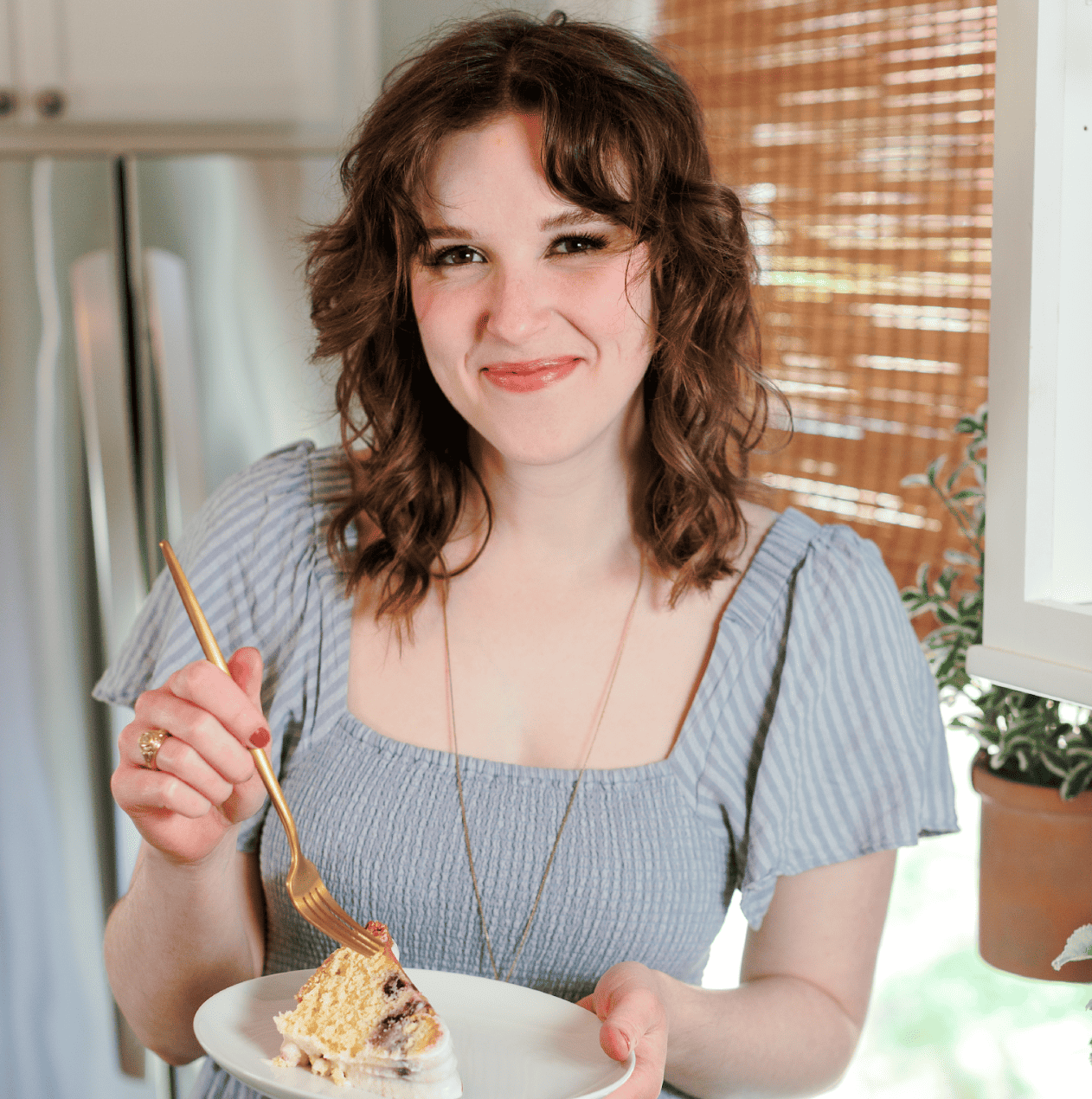
Recipe by
Heather Janak
@youthsweets
I am a baker with a passion for creating relaxing, aesthetic content under the name youthsweets. My community consistently comments that my videos bring moments of peace to their day. I offer followers intentional music, artful cinematography and easy-to-follow recipes

